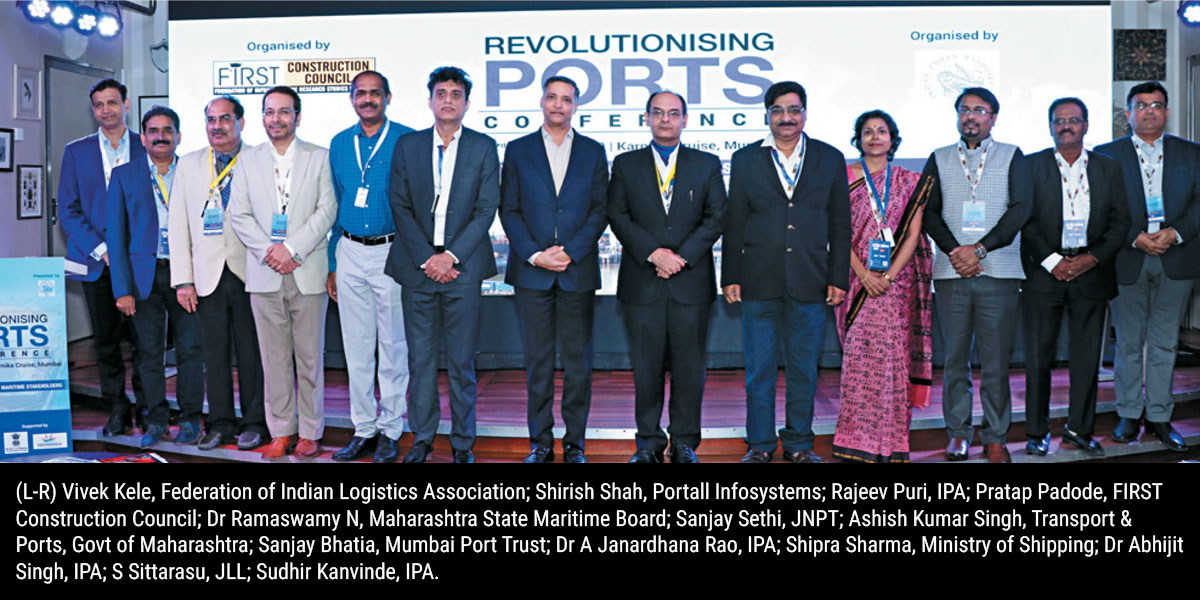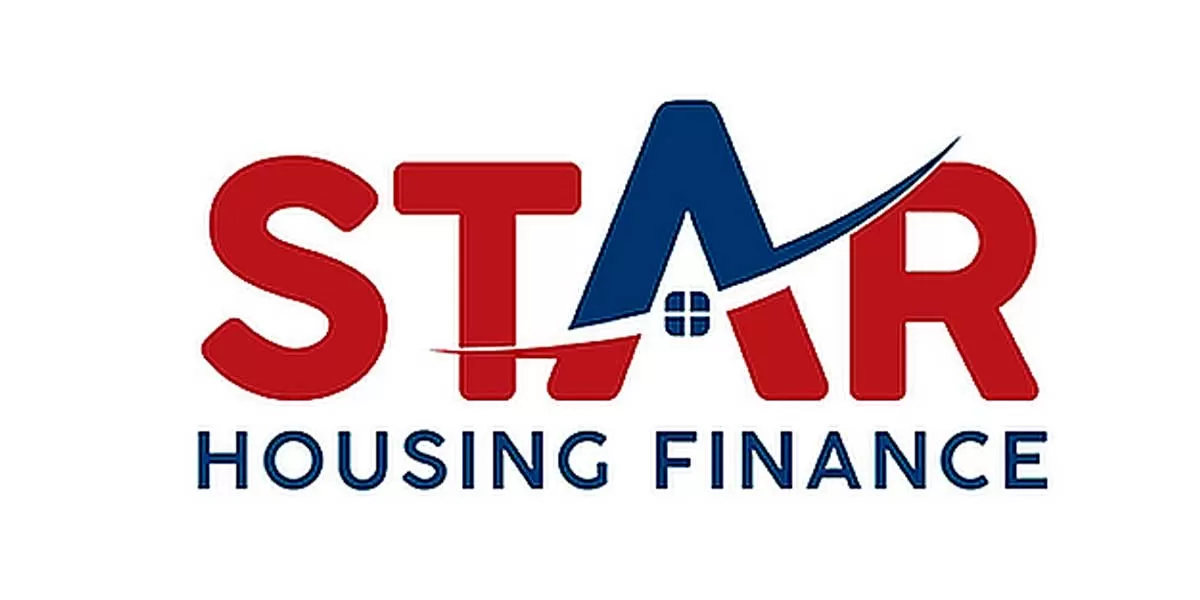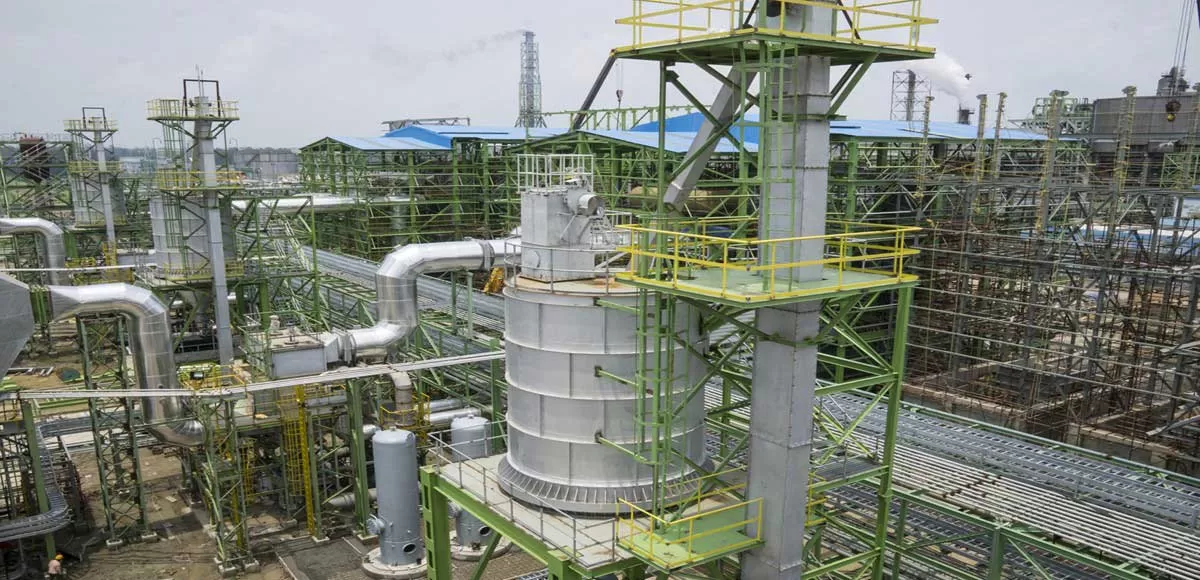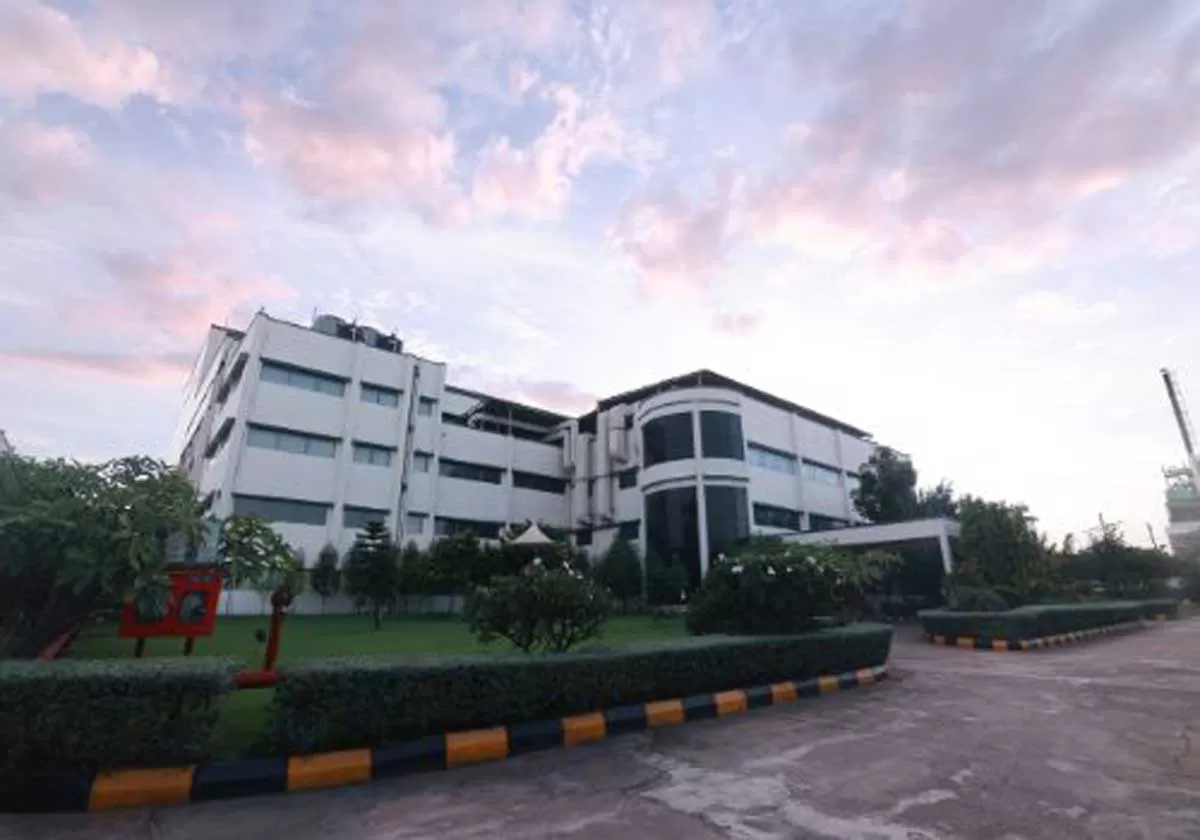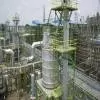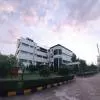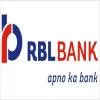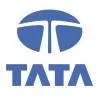Captains, leaders and stakeholders of the ports fraternity came together to discuss the Ports Community System and National Logistics Portal along with opportunities and digital transformation of ports. Date: January 17, 2020 | Venue: Karnika Cruise, MumbaiOrganiser: FIRST Construction Council | Theme: Integrating India’s Maritime StakeholdersIndia’s long coastline stretches across 7,517 km with over 200 ports. The government aims to create a port capacity of 3,200 mmt by 2020 from its current capacity of 1,514 mt tonne at major ports. It is also executing a National Maritime Development Programme with an outlay of $11.8 billion.Under Sagarmala, 334 projects have been initiated in14 states and Union Territories. And investments made through PPP in the past five years have touched `391.87 billion. Amid this, the revamped Port Community System (PCS) and the National Logistics Portal are expected to connect and provide real-time information to stakeholders on a single platform. Other measures include web-based e-forms and direct port delivery, installation of container scanners and radio frequency identification-based systems for gate automation and digitalisation of land records. Steps are also being taken to create green and sustainable ports.Considering the above, the FIRST Construction Council recently organised the ‘Revolutionising Ports Conference’ in Mumbai. In a first-of-its-kind approach, the conference was organised on a cruise – Karnika Cruise in Mumbai.It was graced by captains of the ports sector including Chief Guest Sanjay Bhatia, Chairman, Mumbai Port Trust; Guest of Honour Ashish Kumar Singh, Principal Secretary, Transport & Ports, Government of Maharashtra; Special Guest Sanjay Sethi, Chairman, JNPT; Dr A Janardhana Rao, Managing Director, Indian Ports Association; Shipra Sharma, Director, Ministry of Shipping; and Dr Abhijit Singh, Executive Director, Indian Ports Association.Welcoming the attendees and special guests, Pratap Padode, Founder & Executive Director, FIRST Construction Council, kicked off the event with some hard facts on where India stands. Ports are responsible for carrying out 90 per cent of India’s trade by volume and 70 per cent of external trade. In FY19, traffic at major ports reached 699 mt. “But growth is what we are looking at,” he pointed out. “Currently, all economies are sputtering. But India still remains on the top. Probably, we are used to much more acceleration.” Highlighting the drivers, he added, “SEZs are being set up in close proximity to major ports. And 100 per cent FDI has been allowed in port and harbour construction and maintenance projects.”In his introductory remarks, Dr A Janardhana Rao said that the Government of India, as part of e-governance, initiated a process in 2005 called Electronic Data Interchange. This had to be monitored by the cabinet secretariat and a mandate was given to all regulatory functions like customs, ports, airports, inland, etc. “At that time, I was also associated with the project and everyone started doing portals. This was when PCS was envisaged, to ensure that all maritime stakeholders are integrated under one platform to exchange businesses.” Speaking on the importance of data collection and the need to utilise it properly, Ashish Kumar Singh said, “The way we deal with data is what finally matters. I would only hope data is adopted and appropriately used to projects and plans are laid to make us one of the most competitive maritime nations in times to come.”In his inaugural address, Sanjay Bhatia said, “PCS was the original system where some messages were getting exchanged. Despite big claims, stakeholders were not interested. It did not seem to be user-friendly. Subsequently, our IPA team has really worked on it and the idea of PCS 1x was introduced. This is basically a much more user-friendly version of PCS; we have taken it to the Cloud. Stakeholders say they will come in when they see benefits. And benefits will come in when customs introduce API. Now, that stage is over too and all stakeholders have to get on board now. SOPs have been prepared by all stakeholders. All the hardware and software that is required from the IPA side for the API integration has been completed. So now it is a clear advantage for stakeholders to get on board.” Seeking cooperation and support, Shipra Sharma said, “PCS is a system that is trying to tell everybody that it is ‘we’ who are going to bring it together. That is also why we have assembled here, so that we can say that the maritime community stands together under one umbrella, which is the PCS 1x. So let us make this a ‘we’ project, a project that we maritime stakeholders have done together.”Dr Abhijit Singh concluded the inaugural session by thanking all the key dignitaries.This was followed by two panel discussion sessions: ‘Ports Community System and National Logistics Portal’; and‘Opportunities (Stakeholder’s Perspective) and Digital Transformation of Indian Ports’.Session 1: Ports Community System and National Logistics PortalIn the first session, independent presentations were made by Sudhir Kanvinde, Executive Director (IT), IPA, on digitisation of ports; Rajeev Puri, Chief Administrative Officer, IPA, on PCS; and Shirish Shah, COO, Portall Infosystems, on the National Logistics Portal.“While India is heading towards digitisation, we first need to understand what problems we want to solve, which technology suits best, and how we implement it,” said Sudhir Kanvinde. “In the ports sector, the main focus is now on real-time information; i.e. tracking and tracing cargo, vessel planning, route planning, KPI, asset utilisation and monitoring and safety and security, as well as improvement in overall performance. Digitisation is a key to increase efficiency and reduce cost; however, that goes hand in hand with policy and people.” For his part, Rajeev Puri listed the key business benefits of PCS: “Cost control: no surcharge; improved automation: focus on the core; interconnectivity: integrating stakeholders; harmonisation across all platforms; Cloud solution: access everywhere; enhanced customer delight; planning and decision-making: activity planning; predictability: precautionary actions; increased productivity: process control; and notifications and alerts: real-time notifications.” Highlighting the critical success factors of the National Logistics Portal, Shirish Shah shared, “Success factors include integration of 52 PGAs through the use of API; process standardisation and harmonisation in various ports; mandate for online payment of various services and charges; registration of users of various associations in a timely fashion; mandate for discontinuation of paper-based processes; establishment of clear project scope and boundaries; and creation of a governance model for sustainability.”Session 2: Opportunities and Digital Transformation of Indian PortsModerated by Pratap Padode, the eminent panellists for the session included Avinash Chand Rai, COO, Mundra Port; S Sittarasu: Director & Head, Port, Airport & Global Infrastructure, JLL; Sanjiv Garg: Vice Chairman (Corporate Affairs), CILT India; Umesh Grover, Secretary General, Container Freight Station Association of India; Devdutta Bose, Group Sector Head-Ports & Harbour, Tata Consulting Engineers; Vivek Kele, Chairman, Federation of Indian Logistics Association; and Ashish Deshpande, PreSales Director, RT Com.Session key takeaways:There is a need to churn out successful ways to accelerate the ease of export and import, for which ports are the gateways. We need ways to improve velocity. Digitisation is one opportunity that has already been initiated.We are moving forward from PCSx1 to the National Logistics Portal.It is important that all stakeholders realise the benefit because either the entire initiative of setting up PCS can be taken 10 years ahead with stakeholders coming on board in parts, or else, the fraternity unites today and demand services much to the benefit of the sector.One has to realise the benefit that will accrue to the entire industry as a result of PCS and the National Logistics Portal. It is not about the benefit to the creator of the software, but to the fraternity.Infrastructure connectivity could be another opportunity. Consider the dry port method of increasing capacity – the need for land cannot be ignored.We need to set our benchmarks much higher. Rather than comparing our own ports, we need to see where we stand compared to neighbouring countries because we are talking about overseas cargo coming in.Where is the money? Here lies the challenge of efficiency. We need to prove efficiency in systems for investors to believe in our ability to deliver. If we perform, we will attract capital.The successful conference was presented by the Indian Ports Association; supported by Sagarmala; Ministry of Shipping, Government of India; Portall Infosystems; and Chartered Institute of Logistics and Transport; Associate Partners: Maharashtra Maritime Board, Boskalis; and Media Partners: CONSTRUCTION WORLD and INFRASTRUCTURE TODAY.
